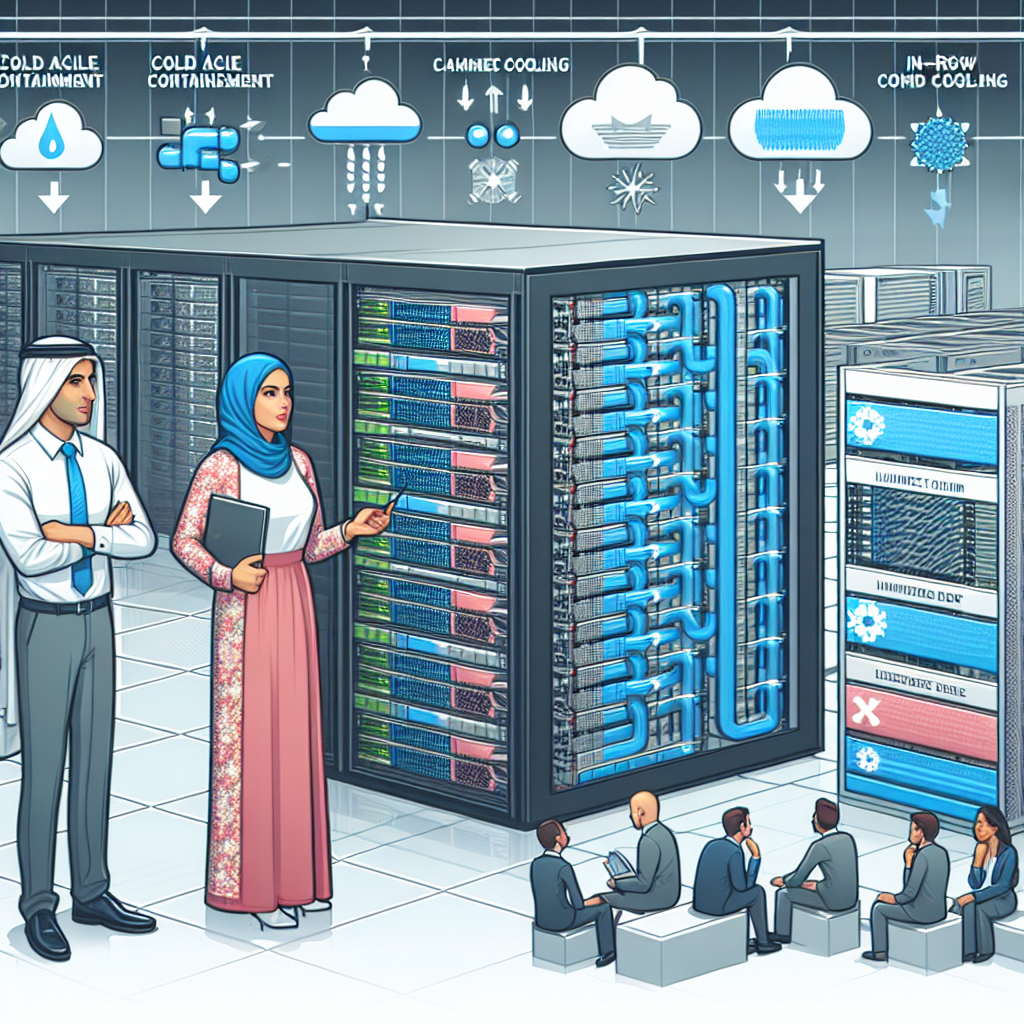Data centers are the backbone of modern technology, housing the servers and networking equipment that power our digital world. With the increasing demand for data storage and processing, data centers are constantly expanding and consuming more power. One of the biggest challenges in operating a data center is keeping it cool.
Cooling a data center is crucial to prevent overheating and ensure the equipment runs smoothly. However, traditional cooling methods can be expensive and inefficient. As data centers continue to grow in size and complexity, new challenges and best practices in data center cooling are emerging.
One of the main challenges in data center cooling is the increasing power density of modern servers. As more processing power is packed into smaller spaces, the heat generated by these servers also increases. This means that data centers need more efficient cooling systems to keep up with the demand.
Another challenge is the fluctuating demand for cooling. Data centers experience peak usage times when more servers are running, generating more heat. This can put a strain on cooling systems, leading to potential overheating issues. To address this, data center operators need to implement dynamic cooling solutions that can adjust to the changing demands of the equipment.
To overcome these challenges, data center operators are adopting best practices in cooling technology. One of the most popular methods is using hot and cold aisle containment systems. By segregating hot and cold air streams, these systems help to maximize cooling efficiency and reduce energy consumption.
Another best practice is utilizing free cooling techniques, such as using outside air or water sources to cool the data center. This can significantly reduce energy costs and environmental impact, especially in regions with temperate climates.
Data center operators are also investing in advanced cooling technologies, such as liquid cooling systems and direct-to-chip cooling solutions. These technologies offer higher efficiency and better heat dissipation, allowing data centers to handle higher power densities without compromising on cooling performance.
Overall, data center cooling remains a critical aspect of data center operations. By understanding the challenges and adopting best practices in cooling technology, data center operators can ensure the efficient and reliable operation of their facilities. As technology continues to evolve, data center cooling solutions will also need to adapt to meet the growing demands of the digital age.


Leave a Reply